In the sprawling tapestry that we call home, Canada is one of the more fascinating threads.
Though it is big in size and culture, there’s much more to the country that meets the eye. Canada is home to all sorts of quirks, surprises, and oddities.
So in this guide, we are going to introduce you to this captivating country. From history to nature, food to weirdness, we’ll highlight all the little wonders that make Canada such a remarkable place.
Let us point out the well-known and the not-so-well-known about this country.
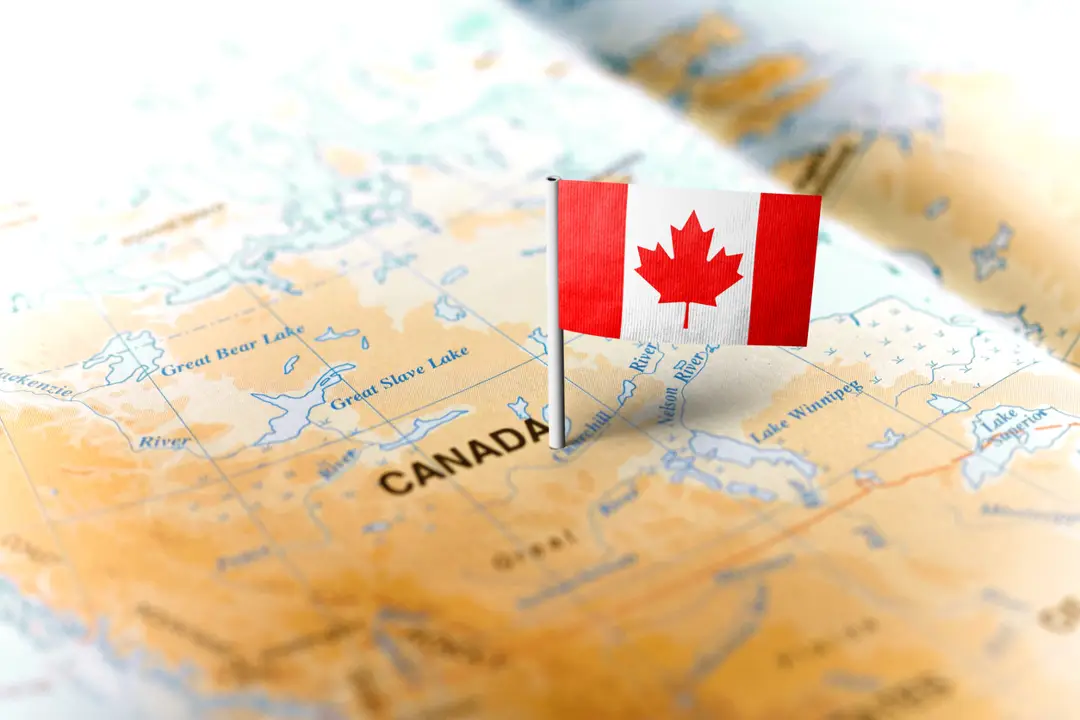
Facts About Geography and Nature
1. Canada Has the Longest Coastline in the World
Canada has the longest coastline in the world. At over 202,000 kilometers, you could wrap around the Earth five times.
All that length provides ample opportunities for beach days and ocean vistas, and essentially from coast to coast you won’t miss a beach.
You can go to one sandy beach to another and still have coast left to explore.
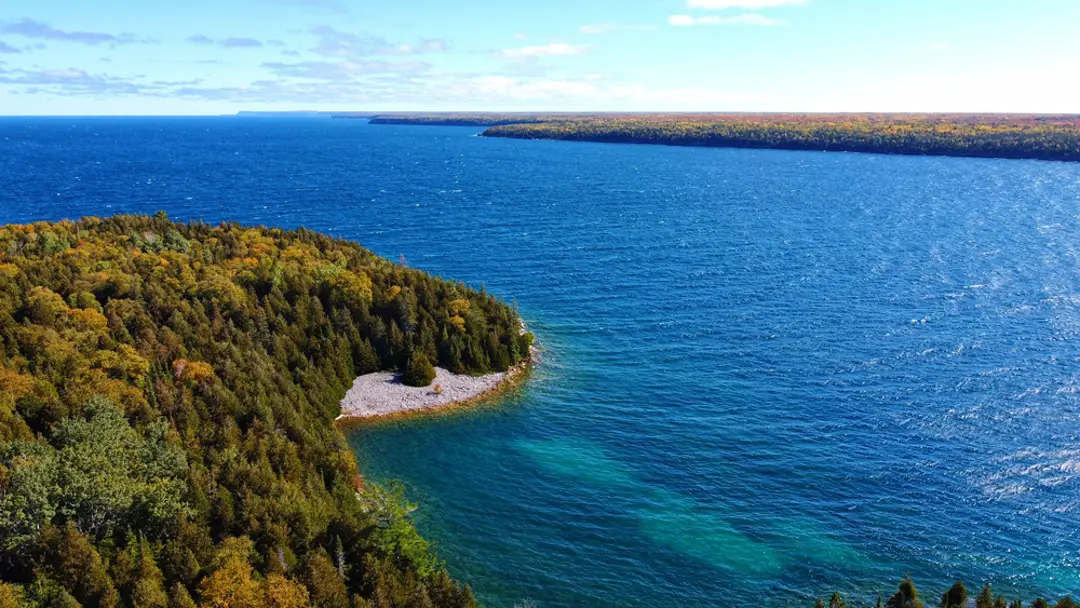
2. Canada Has More Lakes Than the Rest of the World Combined
The lakes in Canada aren’t just lakes, they’re secret havens hidden all across the country.
Canada has almost 60% of the entire world’s lakes, meaning there is no shortage of glass-like reflective water where nature runs wild and quiet.
There’s nothing like hearing the call of the loon or seeing a busy beaver to convince you that you’re far out in the wild — even if farm land surrounds you.
And whether it’s Lake Louise or a small, secret swimming hole — every lake has a story to tell.
3. You Can Drive to the Arctic Ocean
In Canada, you can drive to the Arctic Ocean along the Inuvik-Tuktoyaktuk Highway in the Northwest Territories.
It’s a beautiful drive, showing off Canada’s magnificent northern landscape.
The highway is a testament to modern engineering, opening the world up to remote towns.
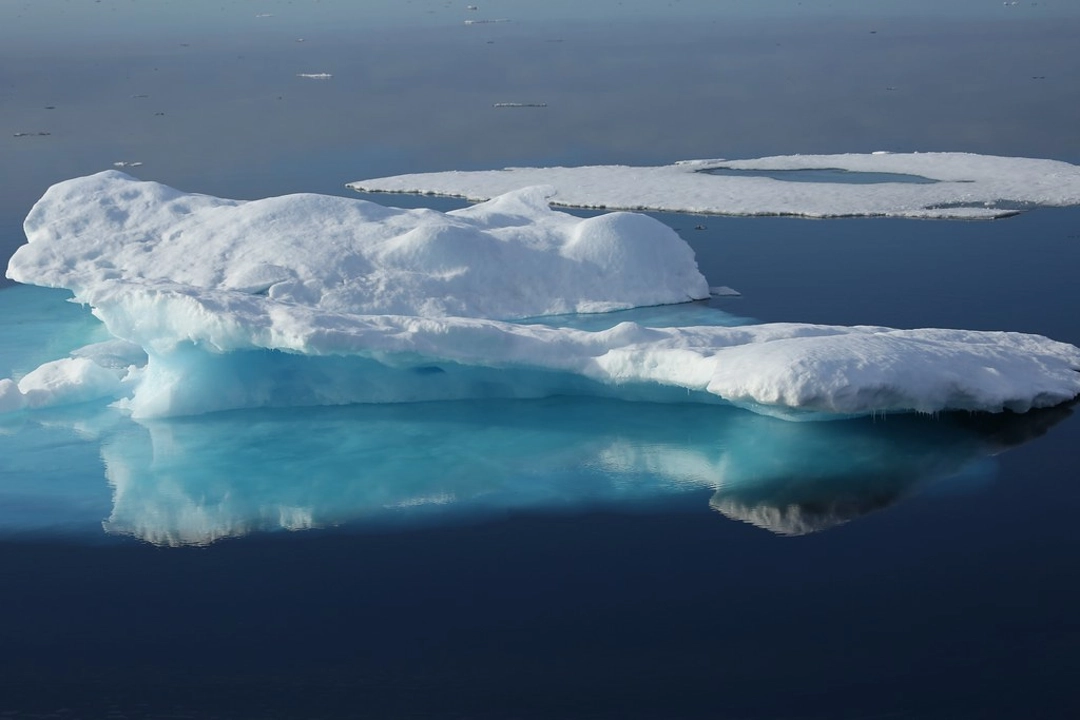
4. It Has a Real Desert
The Okanagan Desert, in British Columbia, has summer temperatures that can reach over 40°C.
It’s a place where cacti thrive in the scorching heat (some of the region’s plant and animal species are found nowhere else in the country).
Sure, it’s one small region, but it’s also a great example of Canada’s diverse climate and just how wrong the snow-and-mountains stereotype is.
5. The Tides in the Bay of Fundy Are the Highest in the World
Famous for having the world’s highest tides (they can reach up to 16 meters!), it’s a truly remarkable place.
You almost can’t believe your eyes when you see boats bobbing up and down along the waterline with the tide. And when the tide ebbs, you have the chance to go walk on the ocean floor.
6. Canada Is Home to a Polar Bear Capital
Churchill is home to more polar bears than people. In the fall season, hundreds of bears make their way through the town.
Its location on the edge of Hudson Bay makes it one of the best spots in the world to see polar bears in the wild.
This is a dream destination for wildlife photographers and for anyone interested in seeing these magnificent creatures in their natural habitat.
Seeing these creatures here is something that anyone visiting Canada should experience.
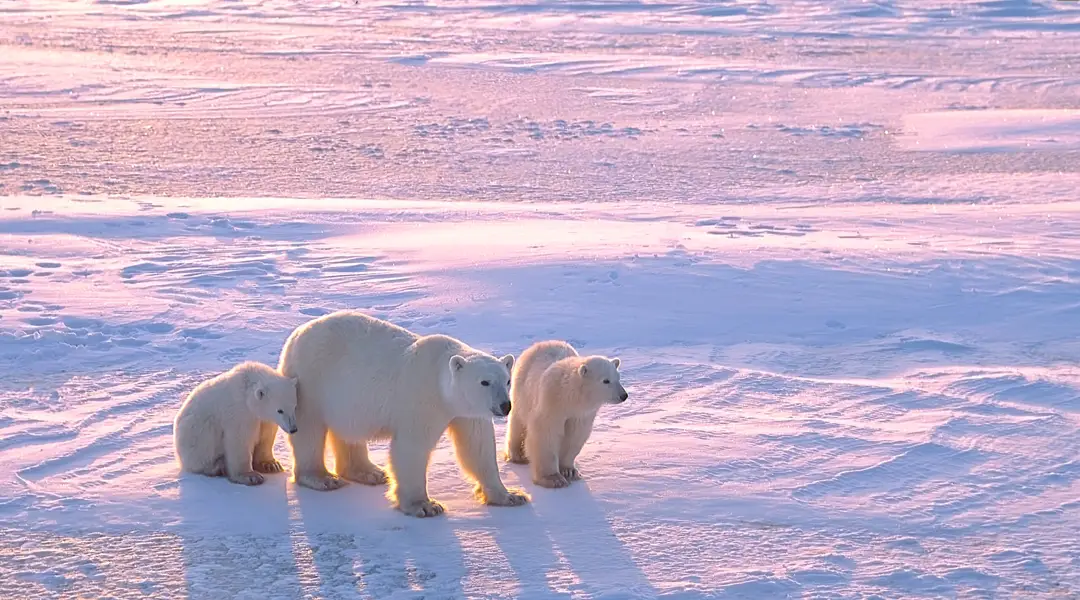
7. There’s an Island in a Lake on an Island in a Lake on an Island
If you’re a fan of odd geography, then you’ll get a kick out of this.
There’s an island in a lake on an island in a lake on an island in Canada. Head to Victoria Island to see this unique natural wonder.
It’s weird and cool and another example of the complexity of Canada’s geography.
Facts About History & Politics
8. Canada Became a Country in 1867—But It’s Still Part of the Commonwealth
Canada’s road to nationhood started on July 1, 1867, the day it became a country and Confederation was born.
While Canada is an independent country that has its own laws and government, it is still a member of the Commonwealth and has acknowledged the British monarchy.
Its heritage and culture are influenced by the other Commonwealth countries.
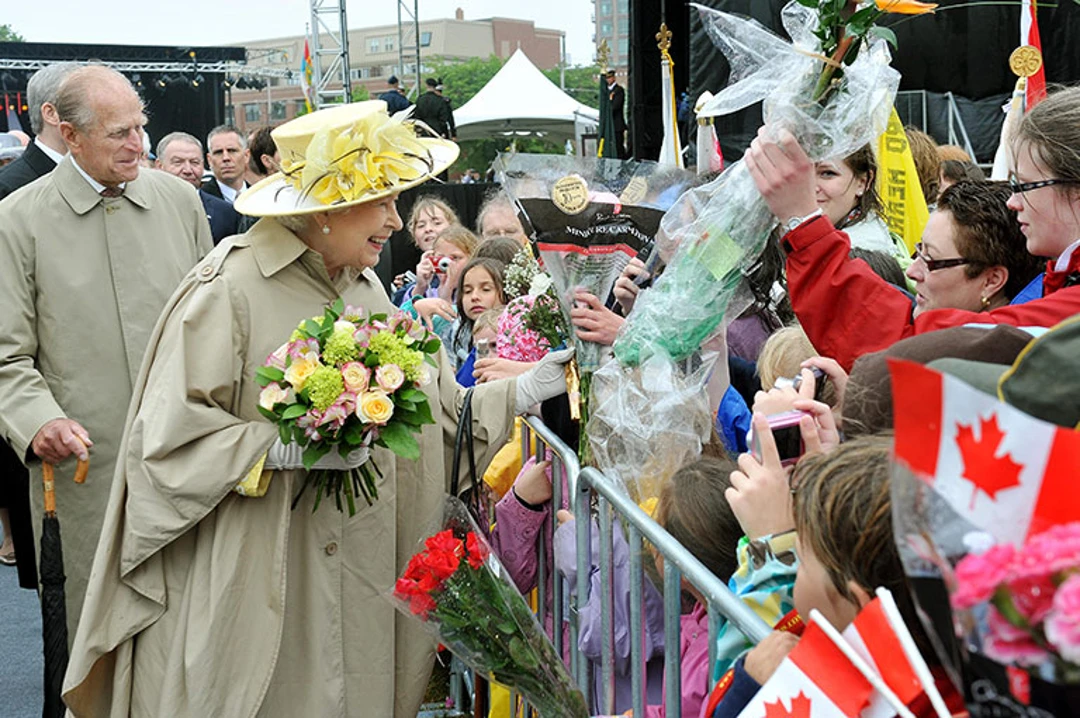
9. Nunavut Is the Newest and Largest Territory
Nunavut is something of a historical anomaly: it is the most recently founded territory, having been established in 1999.
It has a land area that is not only incredibly sparse, but also wild. But the truly unique characteristic of Nunavut is that it has been founded in such a way as to be governed according to traditional Inuit land laws.
The fact that Inuit were directly involved in creating the governance structure here really makes for a the Inuit community does in the region that the governance aspect of what makes this territory unique.
10. The Maple Leaf Became an Official National Symbol Only in 1965
Canada’s most famous symbol, the maple leaf adorning its national flag, wasn’t always Canada’s emblem.
It was only in 1965 that the emblem of a single maple leaf became the symbol for the country.
Until this time, different emblems, such as the beaver, were possibilities.
he maple leaf has become a global representation of Canada and its natural landscape, serving as a symbol of Canadian identity and history.
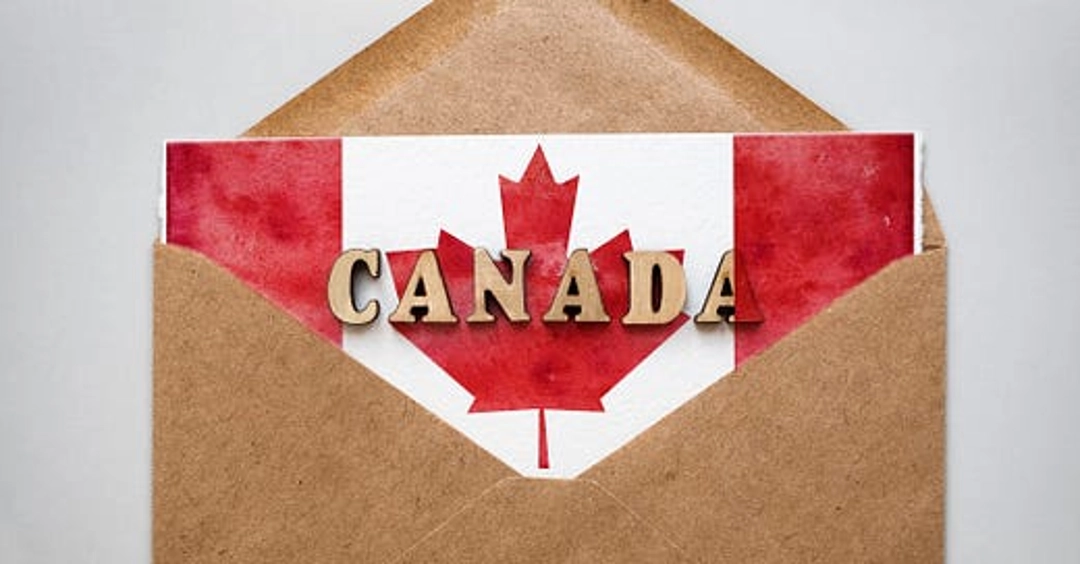
Facts About Culture & Society
11. Canada Has Two Official Languages
Canada is a multilingual country, with French and English being the official languages.
However, this is just the tip of the iceberg of the languages spoken within the country.
There are more than 70 Indigenous languages here, providing a rich diversity and proving that Canada has a deep cultural heritage going back centuries.
Multiple languages are just another way Canada demonstrates its diverse and multicultural tapestry.
12.The $1 Coin Is Called a “Loonie” And the $2 Coin Is a “Toonie”
In Canada, even the money has character.
The $1 coin is dubbed the “Loonie” since it has a loon on it. When Canada created a $2 coin, it was quickly christened the “Toonie”.
This whimsical nomenclature is indicative of the fun and unpretentious nature of the country
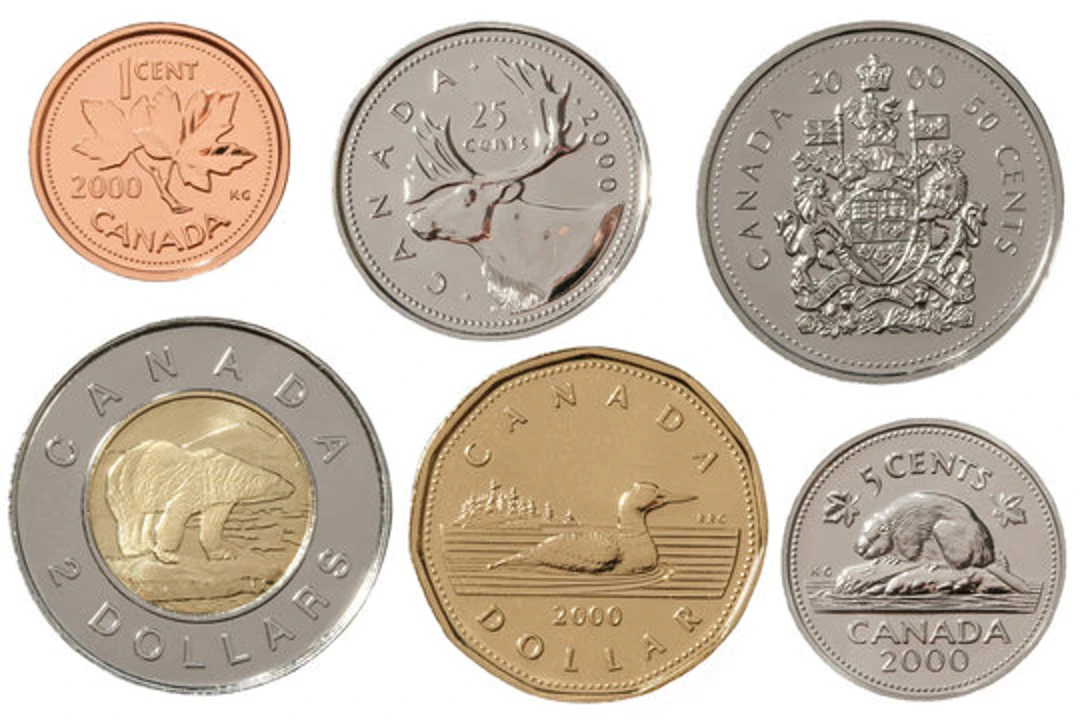
13. Canadian Have An Apology Act
Canadians are known worldwide for their politeness and use of the word “sorry”.
The word “sorry” is used so often in Canada that there’s a law — the Apology Act — which makes sure that saying “sorry” is not an admission of guilt or legal responsibility.
But that law does say a lot about Canadian culture and their values of politeness and kindness.
14. Canadian Celebrate Thanksgiving Too—But in October
Thanksgiving is another one of those unique Canadian traditions. It takes place in October because our harvest season is shorter than in the U.S.
That being said, it’s not so different from the American Thanksgiving. We gather, share warm meals, express thanks, and enjoy time together.
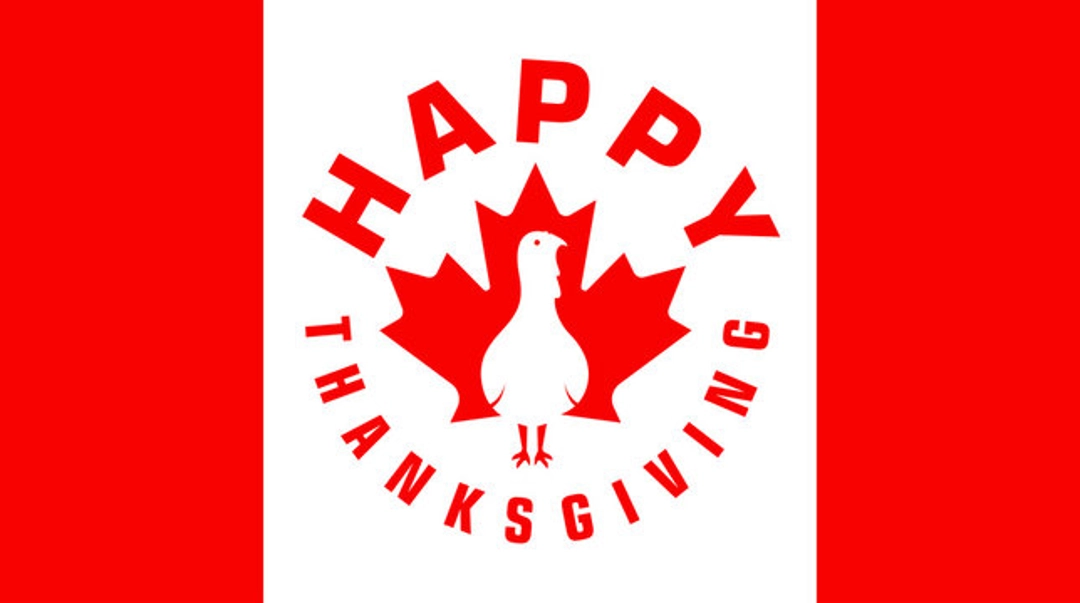
Facts About Food & Drink
15. Poutine is Canada's Unofficial National Dish
This delicious invention is made from crispy fries covered in cheese curds and drenched in gravy.
Although it originated in Quebec, poutine is now available as a well established comfort food throughout the entire country.
Since there are so many recipes, you’re never short on opportunities to enjoy the country’s de facto national dish.
16. Canada invented the Hawaiian Pizza
The infamous Hawaiian pizza was actually invented in Canada.
The pineapple-toppedpie was created in Ontario by a Greek immigrant, Sam Panopoulos, in the 1960s, and the sweet-and-savory mix of ingredients—pineapple and ham—has been the subject of heated debates ever since.
Some love it, others hate it, but either way, there’s no denying that the creation is uniquely Canadian.

17. Canada Produces Over 70% of the World’s Maple Syrup
70% of the global supply of maple syrup comes from Canada, and most is made right here in Quebec.
Every spring, people head to the trees and tap them from sap that they turn into that amazing golden nectar.
And it’s not just for pancakes either; from baking to gourmet cooking, maple syrup is served with everything.
18. There’s a Coffee Order Called “Double-Double”
Tim Hortons is a Canadian coffee shop chain, and ordering a “double-double” there is one of the best ways to enjoy it.
When you ask for this, you’re ordering a coffee with two creams and two sugars. It’s delicious, and it really hits the spot when it’s cold outside.
It’s also a good example of Canadian coffee consumption. Be sure to have one the next time you’re visiting.
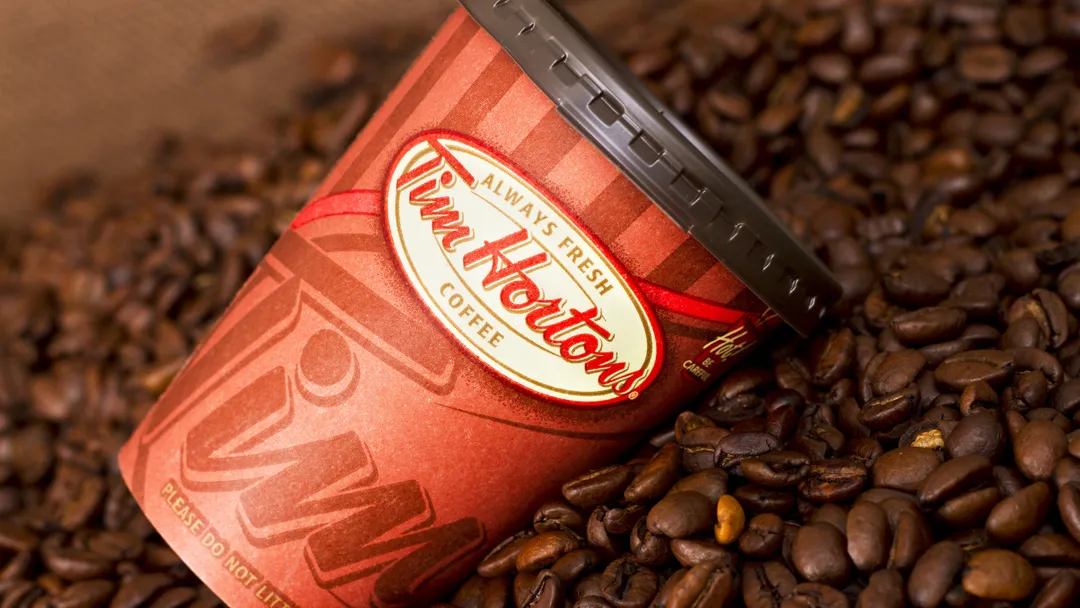
Facts About Sports & Entertainment
19. Lacrosse is The Official Summer Sport
While it may always live in the shadow of hockey, Canada’s lacrosse is a truly Canadian-invented game. It’s Canada's official summer sport, and it was born right here.
This fast-paced and high-energy sport is Indigenous in origin and dates back to before the country was formed. It requires great team work and skill and it’s a ton of fun to watch.

20. The Toronto Raptors Are the Only Non-U.S. NBA Team
If you are a basketball fan, Canada’s team in the NBA are the Toronto Raptors. And yes, they have made history.
When they won the championship in 2019, it was actually a win for the entire country not just for them — the massive parade held in Toronto to celebrate the victory was proof of that as fans from across the country flew in to celebrate and wave the flag.
21. The Longest Hockey Game Ever Played Lasted Over 252 Hours
There was a recorded total of 252 hours of hockey played in a single game.
This game was held in Alberta to raise money for charity, and more than 40 players participated in the truly remarkable event.
It wasn’t just about completing a novelty record either; it was truly an exhibition of community, perseverance, and, of course, a shared love for the game of hockey.
Canada is a country with a rich tradition of hockey, and seeing events like this highlights the heart and passion Canadians have for the sport.

Facts About Quirky & Unexpected Facts
22. There’s a UFO Landing Pad in Alberta
In the little town of St. Paul, Alberta, a tribute to the heavens has been erected: a UFO landing pad.
Constructed in 1967 as part of a nation-wide celebration of the country’s 100th birthday, the pad was built to attract visiting, other-worldly beings.
No aliens have ever come by, but today the UFO landing pad is a unique roadside attraction that draws attention.
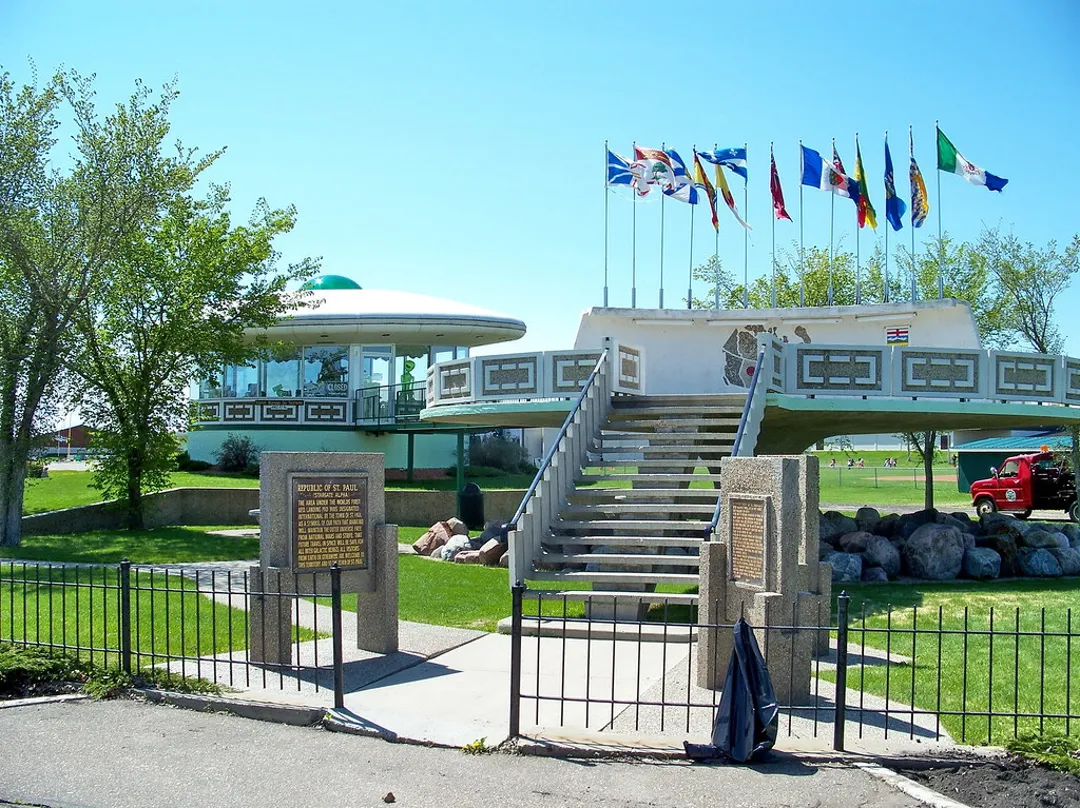
23. Canada Have Town Names Like “Dildo,” “Moose Jaw,” and “Saint-Louis-du-Ha! Ha!”
If you ever want some insight into Canadian humor, all you have to do is take a look at some of the names of the towns.
How can visitors not be entertained when they come across “Dildo,” a town in Newfoundland, “Moose Jaw,” a town in Saskatchewan, or “Saint-Louis-du-Ha! Ha!” in Quebec?
There’s a story behind each one — a story that reflects a cultural quirk or a geographic oddity.
People in these towns wear these names as a badge of honor, a testament to Canada’s ability to blend the old world with the fun one.
24. The World’s Largest Rubber Duck Has Floated in Canadian Waters
Canada welcomed a massive visitor: the largest rubber duck in the world!
This oversized, smiling sailor waddled its way to the Toronto waterfront for the Canada 150 events.
Standing over six stories tall, the “world’s largest bathtub toy” was a hit with the young and young at hear, providing plenty of photo ops.
But it wasn’t its size that was impressive — it was the whimsical fun it added to the atmosphere.
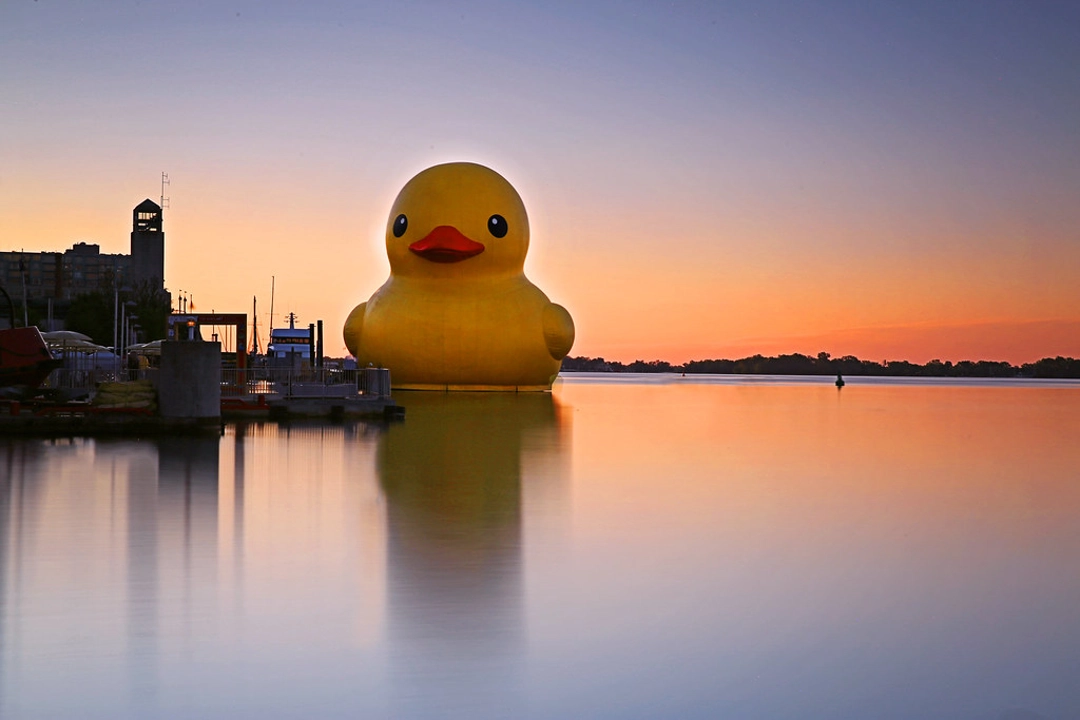
25. The CN Tower Was the World’s Tallest Free-Standing Structure for 32 Years
When the CN Tower was completed in 1976, it set a world record.
Not only was it North America’s first mega tower, but it was also the worlds’ tallest free-standing structure, a distinction it maintained for 32 years, becoming a symbol of Canadian pride and ingenuity.
The CN Tower is now one of the most iconic elements of the Toronto skyline, and its glass floor and observation deck offer up sweeping views for miles and miles around.
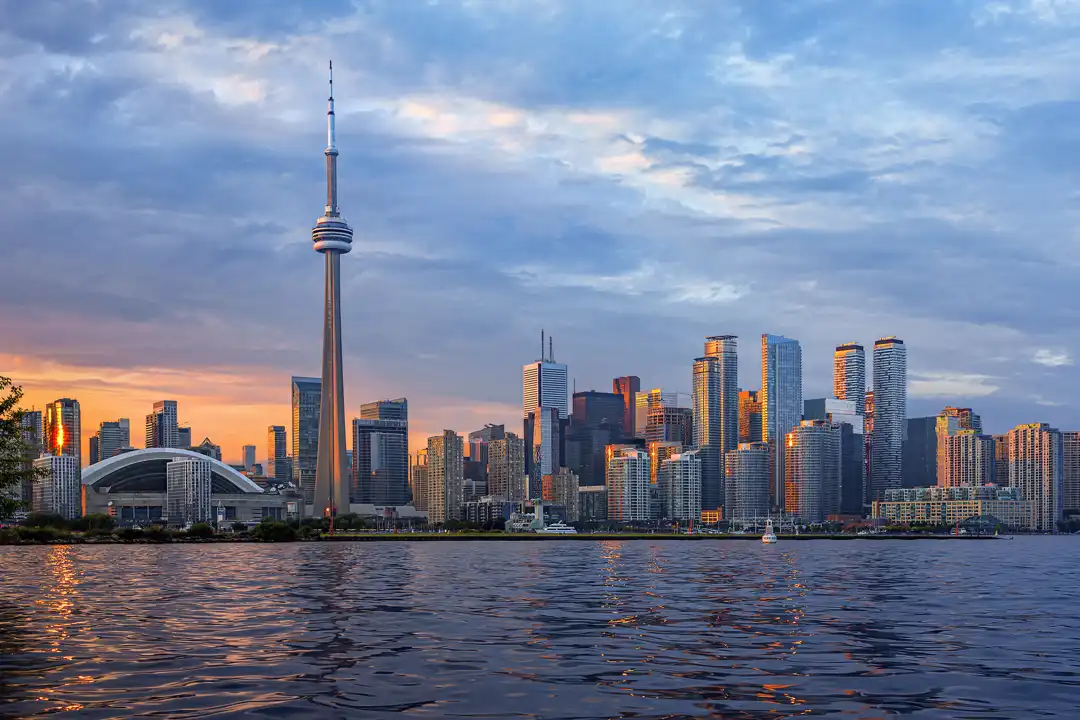
FAQ
1. Are there any unique Canadian traditions I should know about?
Sure! Keep an eye out for the festive festivities of Canada Day (July 1st). Moreover, seeing a hockey game, and trying some deep-fried foods at a fair are two quintessentially Canadian things.
2. How is the nightlife in Canadian cities?
There are also plenty of opportunities for international students to enjoy evenings out on the town; cities like Toronto, Montreal, and Vancouver offer bars, clubs, and live music whether you’re into jazz, indie, or EDM.
3. Is it safe to travel in Canada?
It’s pretty safe to travel to Canada. That being said, you should always be aware of your surroundings, and listen to local advice for a seamless trip.
4. Can I see the Northern Lights in Canada?
Yes, head out to the Northern Lights, or Aurora Borealis, in late fall, winter and early spring. The best locations are in the north, such as Yukon, Northwest Territories and Nunavut.
5. Is public transportation available in Canadian cities?
Yes, public transportation is effective in almost all towns and cities. It’s cheap compared to renting, and in most cases faster too.
Conclusion
Canada is on the line, and it’s a destination unlike anywhere else in the world.
From its wide-open spaces to its cultural attractions to the kooky remotes spots, it’s certain to be an adventure to remember.
Make your way up to see the Northern Lights, sit down to poutine, and find something unexpected.
So get packing, prepare for the unexpected, and enjoy that wonderful country.
